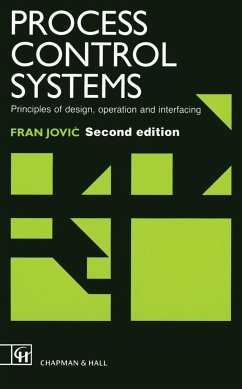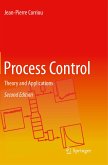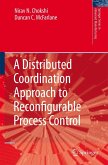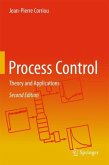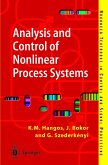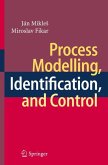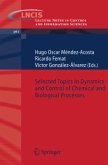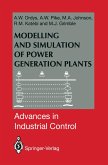One Systems, Processes and the Role of Process Control Hardware.- 1 Signals, systems and process control.- 1.1 Introduction.- 1.2 A system approach to process control systems.- 1.3 Signals.- 1.4 Systems.- 1.5 The basic analytical concept of process control systems.- References.- 2 The basic process unit.- 2.1 Introduction.- 2.2 The basic process unit.- 2.3 Basic process unit data processing.- 2.4 Process hardware for data input.- 2.5 Process hardware for data output.- 2.6 Auxiliary data for process control.- References.- 3 Stratification of control tasks and data communication.- 3.1 Introduction.- 3.2 Stratification of computer tasks.- 3.3 Control levels and computer input/output hardware.- 3.4 Characteristics of process control computer systems.- 3.5 A survey of process control computer hardware.- 3.6 Communication codes and circuits.- 3.7 Channel capacity.- 3.8 Types of connection and communication hardware.- 3.9 Practical suggestions and recommendations.- 3.10 Open-ended communication in process control.- 3.11 Communication of smart process devices.- References.- Two The Role of Software in Process Control Systems.- 4 The relative roles of software and hardware.- 4.1 Introduction.- 4.2 Data processing.- 4.3 Software for process control data processing.- 4.4 Software versus hardware.- References.- 5 System software.- 5.1 Introduction.- 5.2 Basic concepts of real-time operating systems.- 5.3 Structure and functions of real-time operating systems.- 5.4 Data and symbols for the operating systems.- 5.5 System software.- 5.6 Cost, safety and reliability of operating system software.- References.- 6 Application programs and databases.- 6.1 Introduction.- 6.2 Application program tasks.- 6.3 Structure and timing requirement of application programs.- 6.4 Database and basic process software.- 6.5 Distributed database.- 6.6 Extended real-time software.- References.- Three The Man-Machine Interface.- 7 Reduction and visualization of data and procedures.- 7.1 Introduction.- 7.2 Operator-system communication.- 7.3 Visualization and data logging.- 7.4 Recognition of process states.- References.- 8 Process management and control.- 8.1 Introduction.- 8.2 Process states.- 8.3 Operator/process interaction - actions, commands and timing.- 8.4 Process protection and automatic actions.- References.- 9 The role of the operator in process control systems.- 9.1 Introduction.- 9.2 Formalization of the operator's role.- 9.3 Artificial inferencing tools - expert systems for process supervision and diagnostics.- 9.4 Controlling the operator's work using a process control system.- 9.5 The operator's reaction to process control systems.- 9.6 The limits of the operator's function.- References.- Four System Design.- 10 The feasibility study.- 10.1 Introduction.- 10.2 Data volumes and flows.- 10.3 Stratification of process control and basic system design.- 10.4 Cost/benefit analysis.- 10.5 Benefits.- References.- 11 Computer control system design.- 11.1 Introduction.- 11.2 Communication design.- 11.3 Data transmission units.- 11.4 Designing control and dispatching centres.- 12 Cost-effective system selection.- 12.1 Introduction.- 12.2 Buying and testing hardware.- 12.3 Designing and testing software.- 12.4 Human factors in system assembly.- 12.5 Programming teams.- References.- 13 The integrated approach.- 13.1 Introduction.- 13.2 Mounting and installation procedure.- 13.3 Testing and reliability.- 13.4 System commissioning.- 13.5 Commissioning and safety.- 13.6 Training personnel.- 13.7 Maintenance.- References.- Author index.
Hinweis: Dieser Artikel kann nur an eine deutsche Lieferadresse ausgeliefert werden.
Hinweis: Dieser Artikel kann nur an eine deutsche Lieferadresse ausgeliefert werden.

